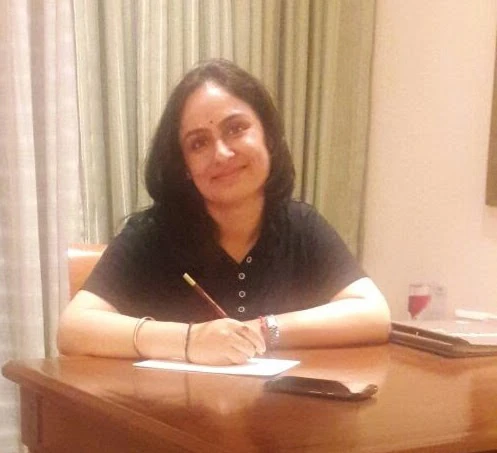Can Oxygen Therapy Help Treat Your COPD?
COPD, or chronic obstructive pulmonary disease, is a condition that makes it difficult to breathe. The disease is actually a combination of two lung conditions, emphysema, and bronchitis. Emphysema causes damage to the alveoli (air sacs) in the lung, while bronchitis causes inflammation of the bronchial tubes (airway). While there’s no cure for COPD, supplemental oxygen therapy can help to alleviate both the temporary and long-term symptoms of this disease.
COPD is a common condition that worsens with time, and can even limit your regular activities. Long-term exposure to harmful chemical fumes and dust can cause COPD. A rare gene makeup can make the lungs more prone to damage. People who are over the age of 35 and smoke, or have a history of smoking are at increased risk of developing COPD.
What Are the Symptoms of COPD?
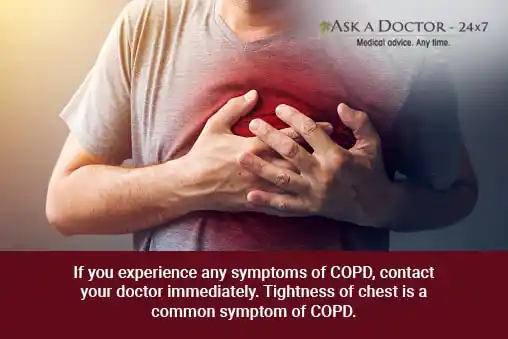
COPD may not show any symptoms in some people. Some people may show only mild symptoms. As the disease progresses, symptoms may become more severe. Most common symptoms of COPD are:
- Cough with a lot of mucus (also called smoker’s cough)
- Difficulty in breathing that worsens with physical activity
- Wheezing
- Tightness in the chest
Some people may get frequent chest infections if they have COPD. These symptoms can worsen if not diagnosed and treated early.
COPD is Preventable
If you do not smoke but are exposed to second-hand smoking, you are still at risk of developing COPD. You can reduce your risk of COPD by limiting your exposure to active and passive smoking. Your online Pulmonologist can recommend medication to help you quit smoking. Your doctor can suggest Spirometry, a simple breathing test to determine if you are at risk of developing COPD. A chest x-ray and a few blood tests can be done to confirm the diagnosis.
Living With COPD
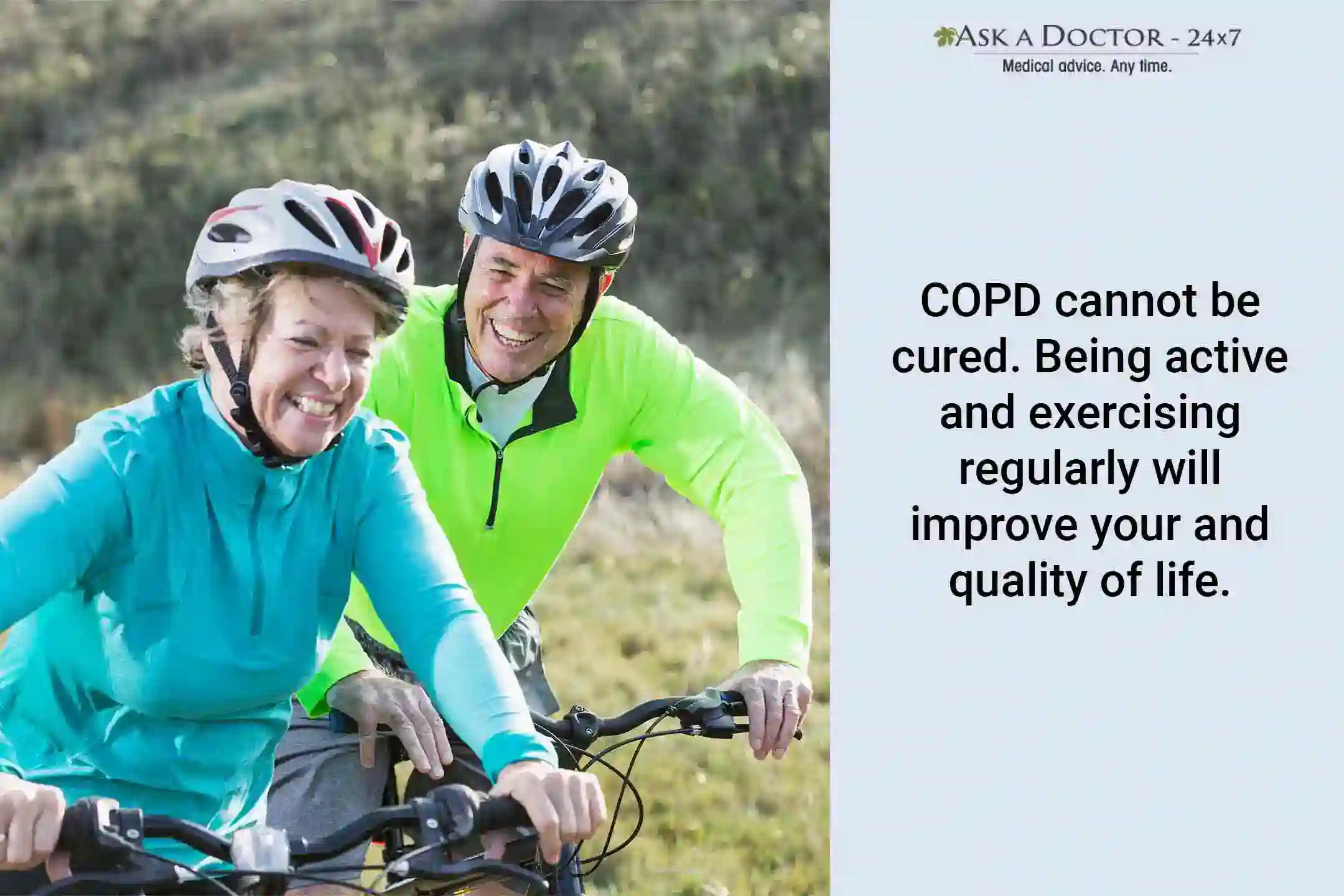
Currently, there’s no cure for COPD. Early diagnosis and treatment is the key to living with a chronic disease like COPD. If you take good care of yourself, you can live quite an active life. Try the following:
- Exercise regularly: Regular exercise will improve your quality of life.
- Stop smoking: Smoking worsens the symptoms of COPD.
- Take medications regularly: Taking your prescription medicines regularly will keep your symptoms in check.
- Eat healthily: Maintaining a healthy weight is the key to managing COPD.
- Get vaccinated: Ask your doctor about pneumococcal vaccination to prevent infections.
Supplemental Oxygen Therapy
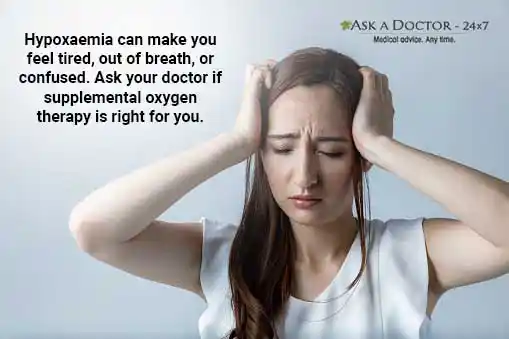
As COPD progresses, it can cause hypoxemia, a condition where the level of blood oxygen drops dramatically. Oxygen therapy can improve both your temporary and long-term symptoms. There are several devices that can be used for oxygen therapy at your home. Your doctor can recommend a device that suits your needs.
Is Oxygen Therapy the Right Choice?
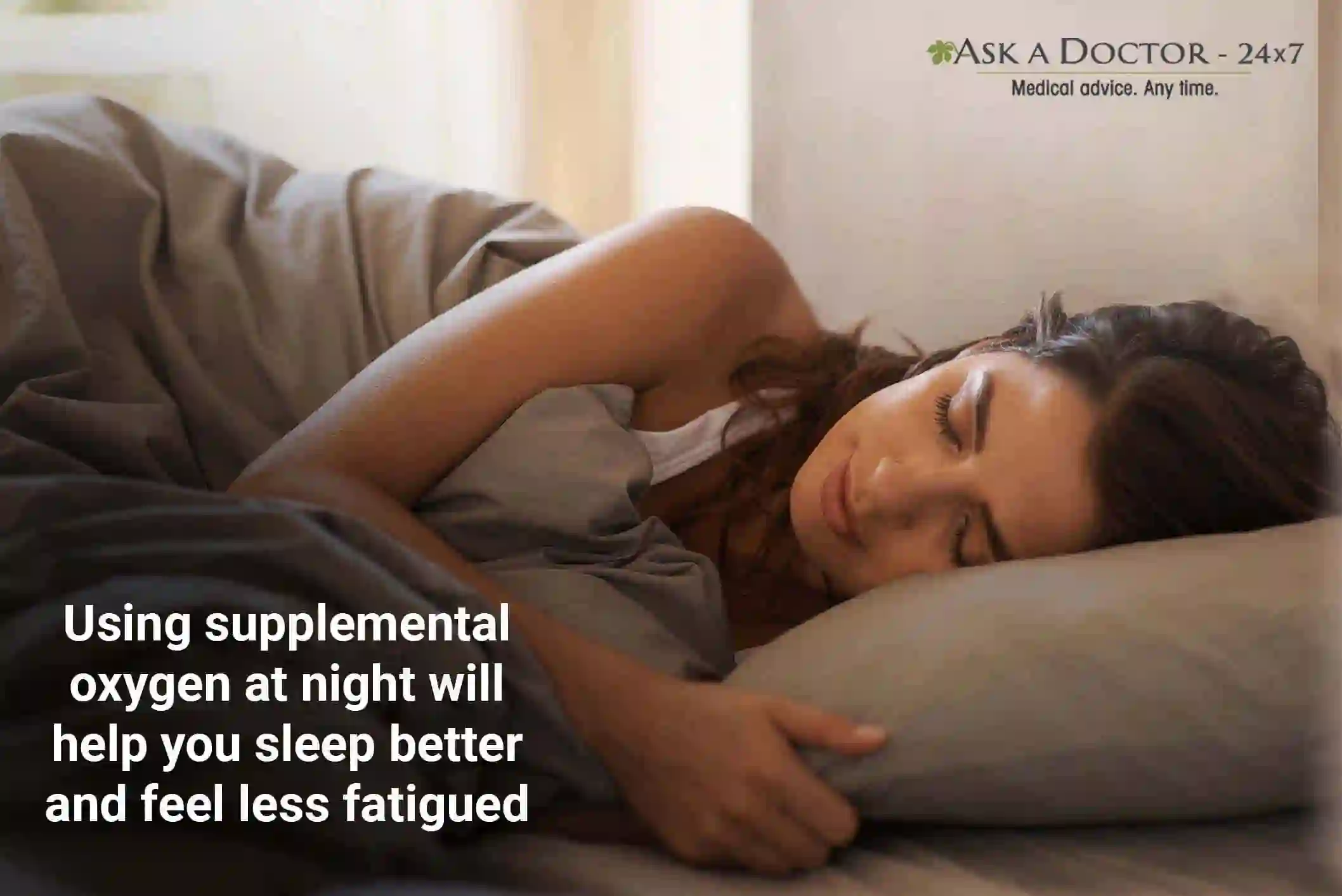
Ask a doctor, and s/he will tell you that deficient levels of blood oxygen can make you feel tired, short of breath, or even confused. Oxygen therapy delivers an increased amount of oxygen to your lungs, thus improving the oxygen saturation (amount of oxygen in your blood).
Barring a few side-effects, like a dry or bloody nose and morning headaches, oxygen therapy is generally considered safe. However, this type of therapy can be risky for some people with COPD. It is important to follow treatment guidelines to ensure the safety of oxygen therapy.
Managing Your Symptoms

Oxygen therapy may not cure the condition, but it can make your symptoms significantly better. It can help you:
- Breathe better: Oxygen therapy can help people with COPD who feel out of breath, even while attempting mild activities.
- Feel less tired: Supplemental oxygen can improve blood oxygen levels and make you feel less fatigued.
- Sleep well: Oxygen therapy at night will help people with COPD get a restful sleep.
- Be more active: Oxygen therapy can help people who find it difficult to run errands or take a flight.
When to Contact a Doctor
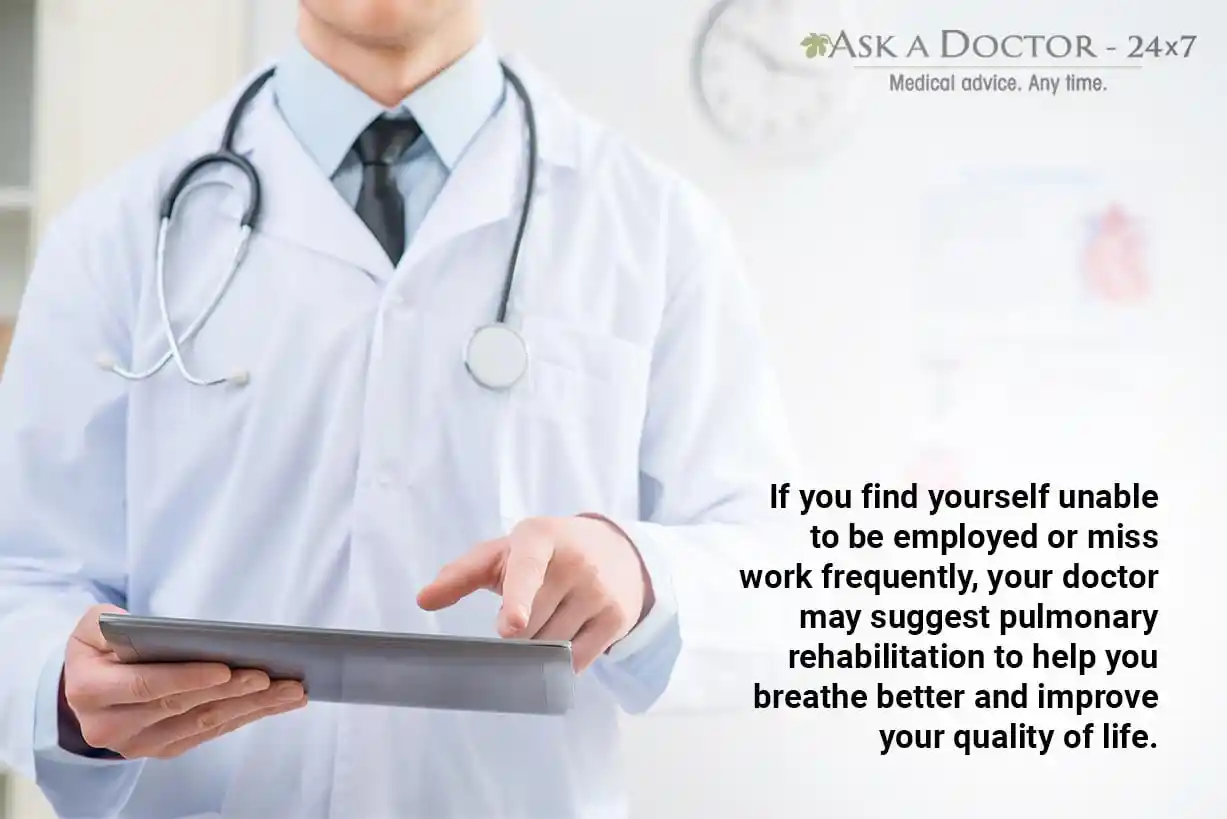
If you find yourself unable to be employed or miss work frequently, talk to your doctor. Many people with COPD find it difficult to climb stairs or even take a walk. Pulmonary rehabilitation can help you breathe better and improve the quality of your life.
COPD can be an expensive condition to manage. Some people need oxygen therapy for 15-16 hours every day. Ambulatory oxygen tanks can help keep your blood oxygen at an optimum level, even when you are active. Keeping your environment clean can also help to keep your symptoms in check.
For more information on COPD and how to combat its symptoms with supplemental oxygen therapy, ask a Pulmonologist online today!
Ask a Specialist
Recent Questions

